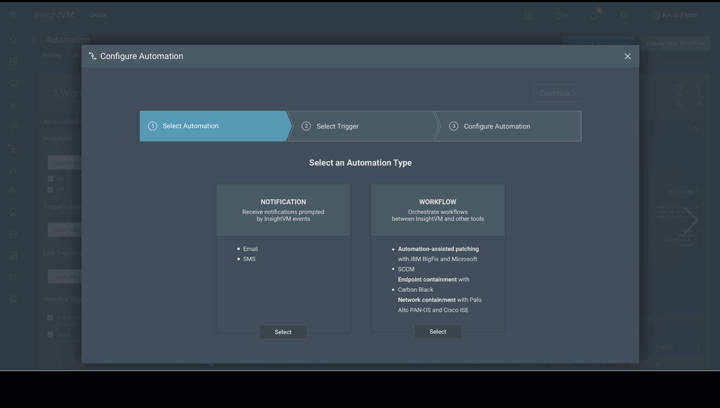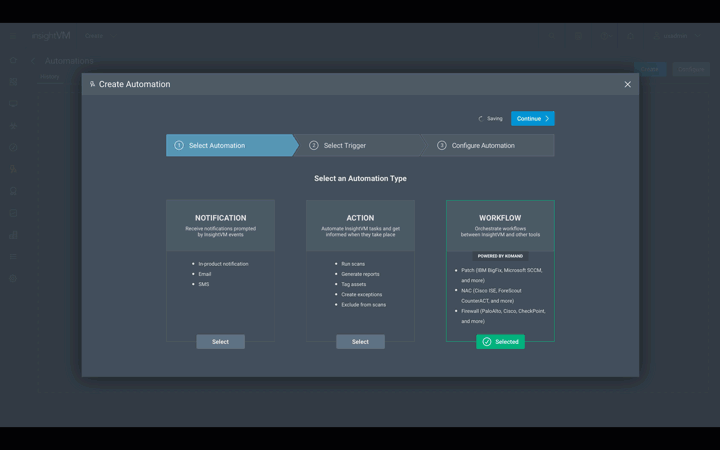Last updated at Mon, 10 Feb 2025 18:46:21 GMT
As a security practitioner, you probably know this scenario all too well: After running a new vulnerability assessment, you identify a slew of new risks that need to be mitigated—but you already have a long list of known risks in your queue. On top of this, you know that older vulnerabilities are far more likely to be exploited. Do you address the new vulnerabilities now, or focus on the old ones?
You’re not alone. Security teams around the world are scrambling to keep up with expanding networks, with new endpoints and connected devices being added every day. Attacks are becoming more sophisticated while they grow in number, and mitigating risk is becoming an increasingly difficult challenge.
This is why Rapid7 built InsightVM to include processes and systems that let you take immediate action on newly identified vulnerabilities while also addressing old ones. The result? The backlog doesn’t grow any further, and your assets remain safe.
Use automation in InsightVM to simplify the process
The average organization takes 120 days to remediate a known vulnerability. Automation not only helps to drastically cut down the time you need to remediate, but it also streamlines processes between security, IT, and development teams, empowering you to dig out from under the massive list of work to be done.
InsightVM’s Remediation Projects simplifies the assessment process by allowing you to assign and track remediation duties seamlessly across teams. This enables you to avoid getting lost in spreadsheets while keeping lines of communication between departments open. Thanks to integrations with ticketing solutions such as Jira and ServiceNow, it’s easy to automate the process of handing off assignments between teams to ensure remediation directly from within InsightVM.

InsightVM’s Automated Containment feature is a good way to implement compensating controls for risks that can’t be remediated immediately (or possibly ever). The tool helps you decrease exposure by automatically implementing these controls via your Network Access Control (NAC) systems, firewalls, and endpoint detection and response (EDR) tools, such as Palo Alto PAN-OS, Cisco FirePower, and Carbon Black Response.

The Automation-Assisted Patching feature in InsightVM lets you streamline the process further, automating steps for aggregating key information, retrieving fixes for known vulnerabilities, and applying patches—all while giving you the autonomy to make key decisions in your patching process. By integrating with the tools your IT team already uses, such as Microsoft SCCM and IBM BigFix, you can promote the elusive (but necessary) collaboration between these teams.
Free up employees to make vulnerability remediation a reality
Of course, security orchestration and automation does not replace your existing security team—it only enhances their current workflows to help free up time from mundane tasks. This way, they can make real headway on vulnerability management initiatives, take a more strategic view of the program overall, address older vulnerabilities that are more likely to be exploited, and put out new fires as they arise.
Thousands of our customers are leveraging Rapid7 InsightVM to break down the silos between security, IT, and development teams and automate processes to simplify and streamline vulnerability management in their organizations.